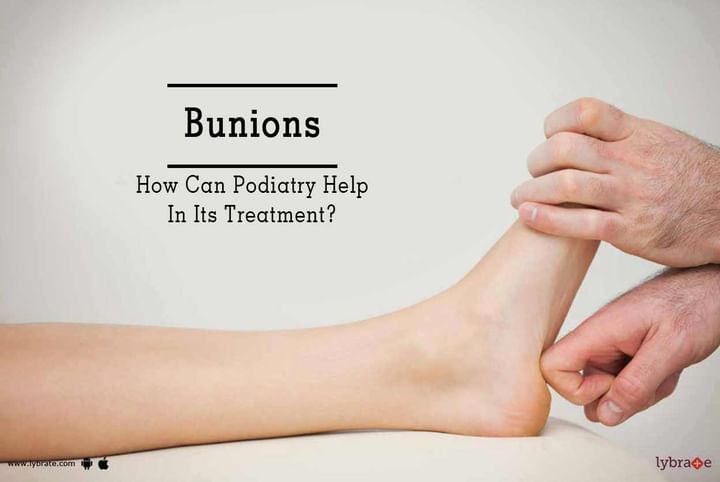Bunions - How Can Podiatry Help In Its Treatment?
A bunion is a very common problem in foot related problems or in podiatry. A bunion appears as a bump on the outer side of the big toe. It is a result of a bone abnormality. It misaligns the toes by bending the big toe in the direction of the other toes.
The condition may be painful but sometimes it does not feel any different. However, the resultant misalignment of the toes causes problems in walking. This eventually gets painful. If not treated, the resultant deformity can be permanent.
Causes -
Bunions can be caused by any of the following factors and sometimes, due to unknown reasons:
-
Genetic condition.
-
Flat foot.
-
Excessively flexible ligaments.
-
Changes in the bone structure.
-
Wrong footwear.
-
Excessive pressure on the feet.
Symptoms -
How to figure out that a bunion is forming before it is already present in all its bumpy glory? Here’s how:
-
Noticing inflammation and redness on the outside of the big toe.
-
A slight change in the direction of the tip of the big toe.
-
Thickening of skin under the big toe.
-
Calluses on the second toe.
-
Rigidity or pain while moving the big toe.
Diagnosis -
Bunions can be diagnosed visually alone because all the symptoms are very clear and they do not overlap with other conditions. The physical examination will involve sensation around the toes, their mobility, and the intensity of pain.
Blood tests can be conducted to figure out the cause of the bunion, be it arthritis, diabetes, or something else.
X-rays are done to locate the exact stage of the deformity and the condition of the foot bones.
Treatment -
Bunions can be treated surgically. Bunionectomy is the commonest surgical option. It involves removing some parts of the bone or swollen tissues to restore the shape of the toes and feet. Total recovery takes about 8 weeks but the patient can walk on the same day.
However, surgical treatment is still the last resort. Non-surgical podiatric treatment is recommended and usually, it works. Some of the ways include:
-
Wearing footwear specially made for bunions. It helps ease the pain and prevent further deformity.
-
Using HAV night splint to stretch the adductor halluces muscle.
-
Physiotherapy to strengthen the adductor hallucis muscles.
-
Orthoses to control abnormal movement.
-
Physician tape to keep the toes in place preventing further misalignment and pain.
-
Pain relief with acetaminophen is recommended over ibuprofen or naproxen.
-
Arch support or padding to protect the bunions.
-
Ice packs and Epsom salt to relieve the inflammation.
Bunions can be cured, but in some cases, the deformity is already permanent. Depending on the progress of the podiatric treatment in combination with lifestyle changes to reduce pressure and pain, surgery may or may not be required.


+1.svg)
